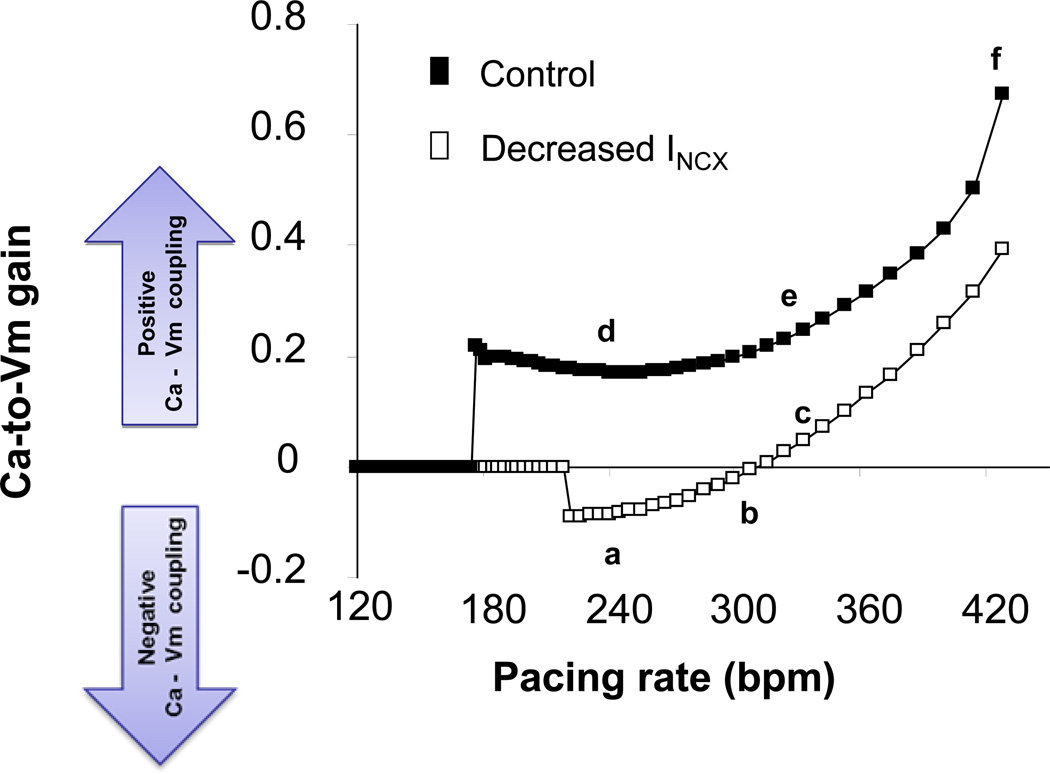Figure 4. Computer simulations showing that the gain of Ca-to-Vm coupling changed from negative to positive as pacing rate increased.
In control alternans occurred when pacing rate reached 180 bpm or faster. Ca-to-Vm coupling was positive. Inhibiting INCX (by 80%) Ca-to-Vm coupling was negative at pacing rate between 220 and 290 bpm. As pacing rate increased to >300 bpm, Ca-to-Vm coupling changed to positive.

